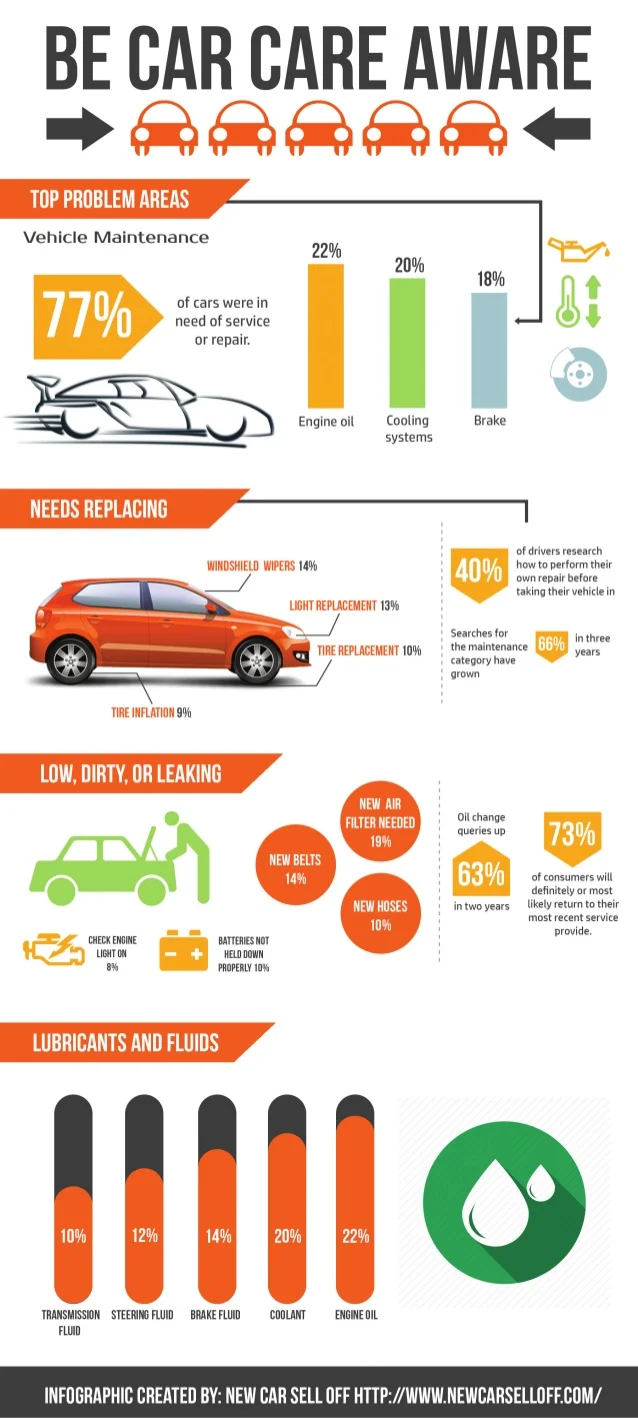Translating Your Car'S Caution Indicators: What They Really Signify
Translating Your Car'S Caution Indicators: What They Really Signify
Blog Article
Article Composed By-Samuelsen Corbett
When you lag the wheel, those radiant caution lights on your dashboard can be a little bit perplexing. Do at home car detailing know what they're trying to tell you about your car's health? Comprehending the relevance of these lights is important for your safety and security and the longevity of your vehicle. So, the next time among those lights turns up, would not you wish to decode its message accurately and take the essential actions to resolve it?
Common Caution Lighting and Interpretations
Determine typical warning lights in your cars and truck and recognize their definitions to ensure safe driving.
One of the most typical warning lights include the check engine light, which signals problems with the engine or exhausts system. If this light comes on, it's important to have your vehicle examined immediately.
The oil stress cautioning light suggests reduced oil pressure, needing instant interest to stop engine damages.
A flashing battery light might recommend a faulty charging system, potentially leaving you stranded if not resolved.
The tire stress surveillance system (TPMS) light signals you to low tire stress, influencing lorry stability and gas efficiency. Ignoring this might lead to risky driving conditions.
The abdominal light suggests an issue with the anti-lock stopping system, jeopardizing your ability to quit rapidly in emergencies.
Finally, the coolant temperature level alerting light warns of engine getting too hot, which can result in severe damage otherwise fixed quickly.
Comprehending these usual caution lights will certainly help you deal with concerns without delay and maintain secure driving problems.
Importance of Prompt Attention
Comprehending the typical warning lights in your car is just the first step; the relevance of quickly attending to these cautions can't be emphasized sufficient to ensure your safety when driving.
When a warning light illuminates on your control panel, it's your car's means of communicating a possible issue that requires attention. Ignoring these warnings can cause a lot more serious problems down the road, jeopardizing your security and potentially costing you much more in repairs.
Motivate interest to alerting lights can stop breakdowns and accidents. For instance, a flashing check engine light might indicate a misfire that, if left neglected, can trigger damages to the catalytic converter. Resolving this quickly can conserve you from an expensive repair service.
Likewise, a brake system cautioning light could signify reduced brake liquid or used brake pads, important elements for your security when driving.
DIY Troubleshooting Tips
If you observe a caution light on your control panel, there are a couple of DIY fixing tips you can attempt prior to seeking expert assistance.
The initial step is to consult your car's guidebook to comprehend what the specific caution light indicates. Often the concern can be as basic as a loosened gas cap setting off the check engine light. Tightening up the gas cap might deal with the issue.
see post is a low battery, which can set off different cautioning lights. Checking the battery links for deterioration and ensuring they're protected could fix the issue.
If a warning light persists, you can try resetting it by disconnecting the automobile's battery for a few minutes and after that reconnecting it. Furthermore, examining your automobile's liquid levels, such as oil, coolant, and brake fluid, can assist fix alerting lights associated with these systems.
Verdict
In conclusion, understanding your vehicle's caution lights is essential for maintaining your lorry running efficiently and securely. By immediately dealing with try this out and understanding what they suggest, you can stay clear of expensive repair work and possible breakdowns.
Remember to consult your car's manual for specific details on each cautioning light and do something about it as necessary to make sure a trouble-free driving experience.
Stay notified, remain safe when driving!
